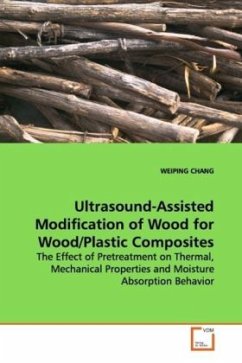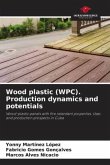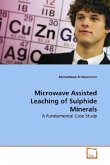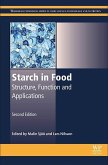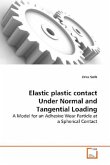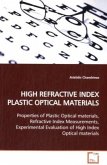The combined effects of alkali and ultrasound
treatment of wood flour on the mechanical properties
of polypropylene-based wood/plastic composites
(WPCs) were examined. FTIR measurements confirmed
that the alkali treatment removed both hemicellulose
and lignin from the wood, and there was an increase
in the number of hydroxyl groups on the cellulose
surface. This process was promoted by the
application of ultrasound. Mechanical testing of WPC
samples revealed that alkali treatment improved both
composite strength and modulus when polypropylene
grafted with maleic acid was used as a coupling
agent. The strength increase is due to improved
adhesion between the fiber and matrix, while
improved modulus is due to the removal of lignin and
hemicellulose that are not as stiff as cellulose.
Polarized optical microscopy showed the presence of
well-defined polymer crystals on the surface of the
modified wood, and this is also responsible for the
improved mechanical properties. It is conclusively
demonstrated that the combination of chemical
treatment and ultrasound assistance is more
effective in improving the mechanical properties of
the composites.
treatment of wood flour on the mechanical properties
of polypropylene-based wood/plastic composites
(WPCs) were examined. FTIR measurements confirmed
that the alkali treatment removed both hemicellulose
and lignin from the wood, and there was an increase
in the number of hydroxyl groups on the cellulose
surface. This process was promoted by the
application of ultrasound. Mechanical testing of WPC
samples revealed that alkali treatment improved both
composite strength and modulus when polypropylene
grafted with maleic acid was used as a coupling
agent. The strength increase is due to improved
adhesion between the fiber and matrix, while
improved modulus is due to the removal of lignin and
hemicellulose that are not as stiff as cellulose.
Polarized optical microscopy showed the presence of
well-defined polymer crystals on the surface of the
modified wood, and this is also responsible for the
improved mechanical properties. It is conclusively
demonstrated that the combination of chemical
treatment and ultrasound assistance is more
effective in improving the mechanical properties of
the composites.

